This is by no means a Movie Review; it is a Social Review. This is a thought article about images and messages to and for Black people. What stories are we telling on the big screen? Authentic or artificial? Real or phony? Are we comforting or confronting White America to be acceptable?
In the movie, “American Fiction,” Professor Thelonious “Monk” Ellison (played by Jeffrey Wright) writes on the classroom whiteboard, “Artificial nigger”. It is meant to be provocative and eye-opening as students ponder. A perfect introduction to this article asks the “Alfie” question, “What’s it all about?”
The Color Purple 3.0
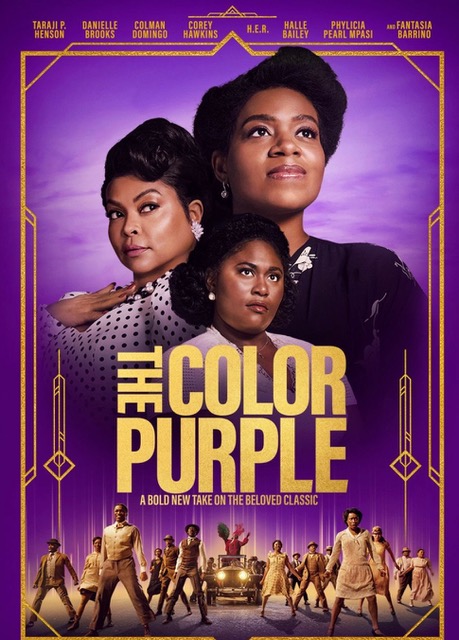

The new version of The Color Purple is a hit, as it opened on Christmas Day to box office receipts of $18.1M. To date the movie has grossed $45.3 million in the United States alone. The Oprah Winfrey Production made history. The marketing was perfect as the team appeared on every show wearing something in purple no less. Social media was on fire. And Oprah, herself, came out. Oprah was the producer of the 3.0 version and was nominated for an Academy Award for her role as Sophia in the original production., 1.0. Maestro, Quincy Jones discovered Ms. Winfrey for the role as he watched her TV show in a Chicago hotel room and shared his good find with Mr. Steven Spielberg, the Executive producer. The rest is history.
Color Purple 2023 Reimagined…

The current The Color Purple, 2023, is a musical on Alice Walker‘s Pulitzer Prize bestseller list. The first movie was a drama with powerful acting, introducing Oprah and Whoopi Goldberg to the big screen. They were superb in their acting, as was the entire cast, receiving Academy Award nominations. The movie was powerful. Quincy Jones‘s music was an eclectic mix of bluesy, jazzy, and gospel music with a big band sound. Quincy’s music dominated the first version, and in the second version, new compositions were added that were not by Jones, the music master himself.
The powerhouse scenes were from the dinner table, when Ms. Celie (Whoopi Goldberg) proclaims, “I may be ugly, I may be Black, I may be poor, but I am here.’ This statement was her declaration of independence and a sincere statement of enough already from her husband’s physical abuse. Then there is the scene when Celie is shaving her husband, Mister, with a straight-blade razor, and you wonder if she will slice his throat. The other great scene is when the sisters meet again, as they have been away from each other for so long. They discover each other in adulthood as one sister returns home from Africa with Celie’s birth children. They run through the field in a scene that I close my eyes and still remember.
Scenes are Lost in the Musical Translations…
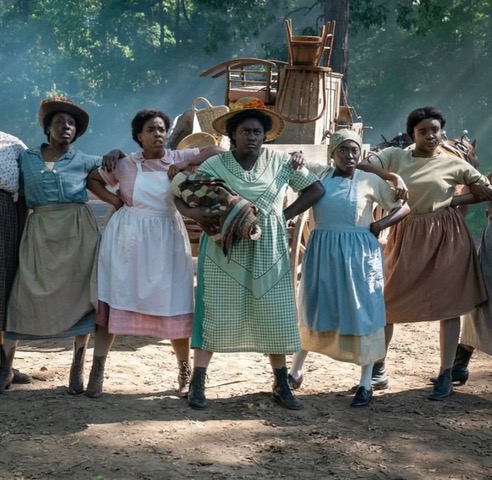

These powerhouse scenes are lost in The Color Purple musical. It is wonderfully executed with scenes, costumes, and storyline, but some scenes don’t lend to musical productions. Domestic violence does not need music celebration. Rape from the man you think is your father is not to be celebrated with music. This is abnormal behavior. Why do we glorify Black pain? The music celebration confuses me. It suppresses and tones down the reality of the behavior that happened not long ago, and it continues in new forms to this day. The Black American woman has been mistreated, abused, and suppressed by Black men and White ones. The Black woman still finds herself low on the societal totem poll; look at it from maternal health to corporate hierarchy. Do we need to sing “Hell No” in chorus style to memorialize it? Fantasia was an incredible actress as she played Celie and certainly should win an Academy Award, as should have Whoopi Goldberg in the original version.
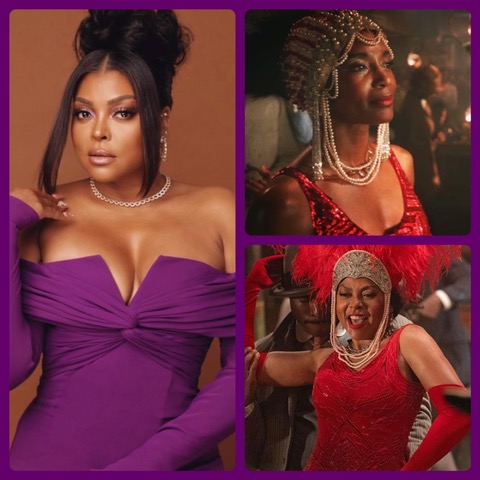
The Color Purple is about Black women of a particular era. It is about the life some lived. The era continues. Actress Taraji P. Henson addresses it in recent interviews in Hollywood fashion. She talks about being the star but does not get the quality of pay she should for her stardom. The budget for The Color Purple was between $90-100 million. Ms. Henson, who plays singer and love interest Shug Avery, was paid a mere $150,000, reports the Hollywood Trades. Henson hesitated to take the role, asking for a salary of $500,000. She was worthy of more. My negotiation would start at a million plus a percentage of the box office receipts. Read Barbara Streisand’s book. Taraji addresses the same factor Monique addressed years ago in the movie “Precious.” They want to be paid in full for their talents on the screen and in the promotions. This is Hollywood business, blessed with opportunity but not pay for Black actresses. Taraji’s interview with Gayle King, with frustration and tears, opened Pandora’s box. Social media went into action, with Oprah and Taraji praising each other. After all, the prize is the success of “The Color Purple” at the box office.
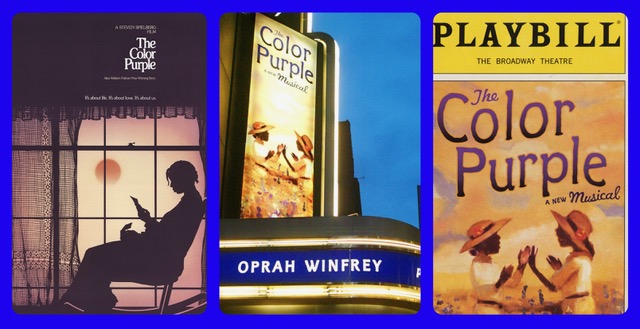
The Color Purple first appeared on the screen in 1985, then it went to Broadway on December 1, 2005, as a Broadway musical where it was award-winning, and today it is back in its third version on the screen, still breaking records in 2023.
Oprah is a marketing genius, and her efforts in “The Color Purple” on Broadway produced over $103 million in revenue. But she killed the drama of Alice Walker‘s story. It was not intended as a musical. From a woman’s perspective, it is an epic story of southern Black life. It downgrades Black men. Why do stories of the genre have to celebrate Black pain and provide white comfort? I have written this before, but I am sick and tired of the slave movie. How long and how much?
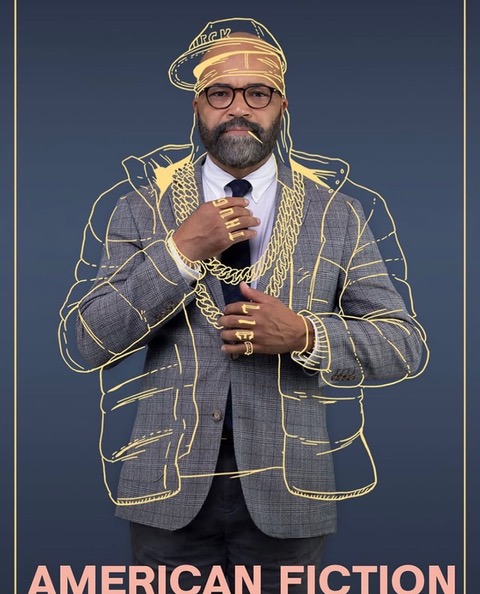
This is the sincere message in “American Fiction.” An intelligent, profound writer balked at being called a “Black writer” exclusively. In jest, he wrote a best-seller novel based on Black stereotypes. It fits the white media model. It became a movie. He made a lot of money as he created an “artificial nigger” that checked all of the Black stereotype images and messages.” It is amusing, it is social satire, and it is accurate.
Color Red…

What’s next? The story is powerful as it characterizes life in the South not so long ago. But the musical my friends trivializes Black pain; the music negates the impact of abuse and racism within. It is a different kind of love story. It is a story of forgiveness and eventually triumph. It is a story to say just hold on and even from the back of the southern woods, as a Black abused woman, unloved, raped, and taking your children away, the lack of love, your day will come when you can shine. Freedom.
I had a similar problem with the operatic version of Malcolm X. It was not a musical. I walked out of the great Metropolitan Opera House in New York, offended and insulted.
Time for a new movie for a new generation of thespians so they can get paid in full.
Time for Black folk to be full. I don’t like the musical suppression because it negates Black reality.
Time for a new color. How about the Color Red?
I wonder if there will ever be a musical on The Holocaust or a remake of Schindler’s List with music.







